Home>Interior Design>5 Colors Never To Paint A Mudroom: For A Good-looking Space
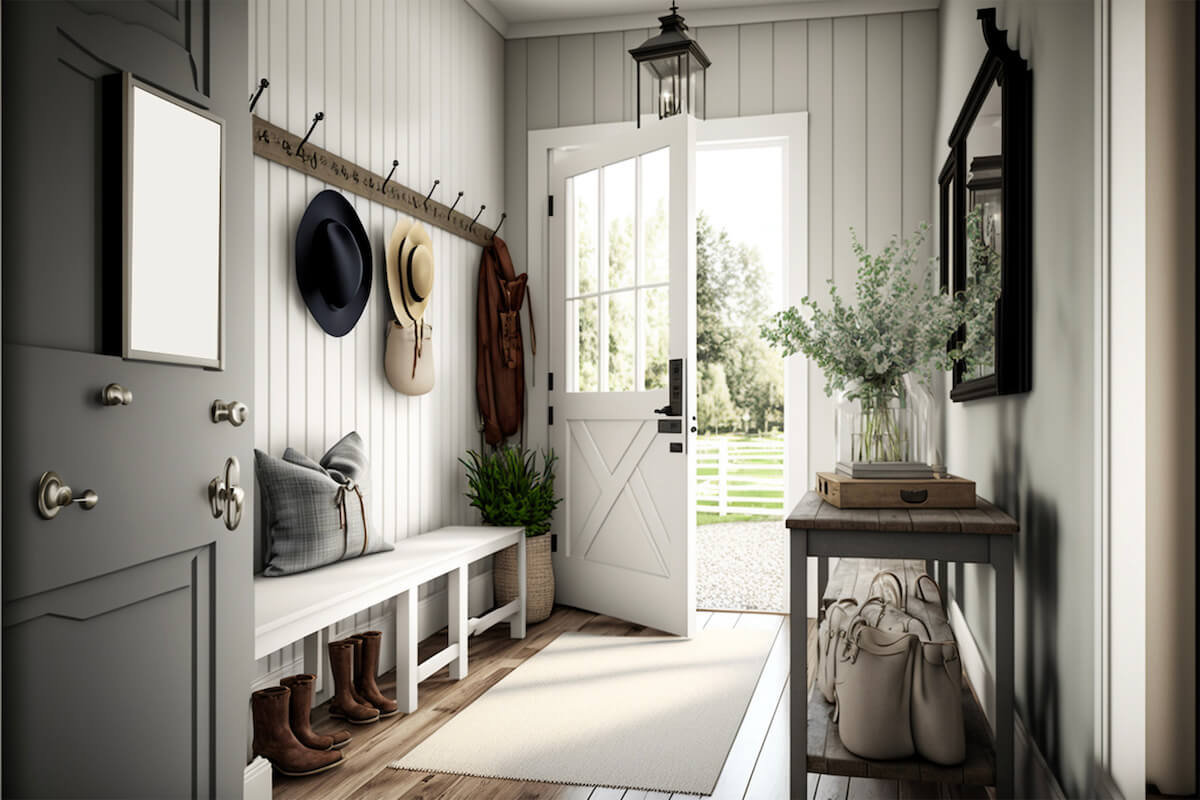

Interior Design
5 Colors Never To Paint A Mudroom: For A Good-looking Space
Modified: December 12, 2023
Discover the top 5 colors to avoid when painting your mudroom for a stylish and inviting space. Expert tips for interior design enthusiasts.
(Many of the links in this article redirect to a specific reviewed product. Your purchase of these products through affiliate links helps to generate commission for Storables.com, at no extra cost. Learn more)
Introduction
When it comes to designing a mudroom, color plays a crucial role in setting the tone and ambiance of the space. A mudroom is not only a functional area for storing outerwear and muddy boots; it also serves as the first impression of your home. The color scheme you choose can make or break the overall aesthetic appeal of this transitional space. While there are countless color options to consider, there are certain hues that are best avoided when it comes to painting a mudroom. In this article, we will explore five colors that should never find their way onto the walls of a mudroom if you want to maintain a stylish and visually appealing space.
Key Takeaways:
- Avoid dark red, bright yellow, neon green, purple, and black when painting a mudroom. Opt for lighter, more neutral tones to create an inviting and practical space that is easy to maintain.
- Choose soft shades of beige, light gray, gentle yellows, nature-inspired greens, and versatile neutrals for a stylish and visually appealing mudroom that promotes a sense of openness and tranquility.
Dark Red
While red is often associated with energy and warmth, dark red can be overwhelming in a mudroom setting. This deep, intense hue can make the space feel smaller and more confined, especially if the mudroom is already limited in square footage. Additionally, dark red can create a sense of heaviness and may not provide the light, airy atmosphere that is desirable in a mudroom. It’s important to remember that a mudroom is a transitional space, and the color palette should reflect a sense of freshness and cleanliness.
Furthermore, dark red can be challenging to pair with other elements of the mudroom, such as storage solutions, benches, and decor. It may limit your options when it comes to selecting complementary colors for furnishings and accessories. In terms of practicality, dark red can also show dirt and scuff marks more visibly than other hues, which can result in a perpetually unkempt appearance.
Instead of opting for dark red, consider lighter and more neutral tones that can open up the space and create an inviting atmosphere. Soft shades of beige, light gray, or even a pale sage green can offer a more versatile backdrop for your mudroom, allowing you to play with different accent colors and textures to achieve a well-coordinated and visually appealing design.
Bright Yellow
While yellow is often associated with positivity and energy, bright yellow can be an overwhelming choice for a mudroom. This intense hue can create a jarring and overly stimulating environment, which may not align with the desired ambiance of a functional yet tranquil space. Bright yellow can be visually fatiguing, especially in an area where individuals may be transitioning in and out of the home, and where a sense of calm and organization is essential.
Additionally, bright yellow may not be the most forgiving color when it comes to concealing dirt, dust, and scuff marks. A mudroom is prone to accumulating these elements, given its role as the buffer zone between the outdoors and the interior of the home. Opting for a high-maintenance color like bright yellow can result in constant upkeep and may detract from the practicality of the space.
Instead of bright yellow, consider softer, more muted shades of yellow or other warm tones that can still infuse the space with a sense of warmth and cheerfulness without overwhelming the senses. Soft buttery yellows, warm ochres, or even gentle peach tones can provide a more soothing and versatile backdrop for your mudroom, allowing you to incorporate pops of color through accessories and decor while maintaining a balanced and inviting atmosphere.
Avoid painting your mudroom with dark colors like black or navy, as they can make the space feel small and gloomy. Also, steer clear of bright, bold colors like neon green or hot pink, as they can be overwhelming. Stick to lighter, neutral tones for a more inviting and spacious feel.
Neon Green
Neon green, with its intense and electrifying vibrancy, is a color best avoided when it comes to painting a mudroom. While it may seem like a fun and bold choice at first, neon green can quickly become overwhelming and visually exhausting in a space that is meant to serve as a practical and organized entry point to your home.
The high saturation and brightness of neon green can create a disorienting effect, especially in a confined area like a mudroom. It can be visually distracting and may not promote a sense of calm and order, which are essential in a space designed for transitioning between the indoors and outdoors. Additionally, neon green may clash with the colors of outerwear, footwear, and accessories typically found in a mudroom, creating a discordant and chaotic visual impact.
From a practical standpoint, neon green can be challenging to coordinate with other design elements and may limit your options when it comes to selecting complementary decor and furnishings. Furthermore, the intense hue may not be forgiving when it comes to concealing dirt and stains, requiring frequent maintenance to uphold its vivid appearance.
Instead of neon green, consider incorporating more subdued and nature-inspired greens into your mudroom’s color palette. Soft mossy greens, sage tones, or even muted olive hues can offer a refreshing and calming backdrop for the space, evoking a sense of natural tranquility while maintaining a visually harmonious environment.
Purple
While purple is often associated with creativity and luxury, it can be a challenging color choice for a mudroom. The richness and depth of purple hues can create a heavy and imposing atmosphere, especially in a space that is intended to serve as a practical and organized entry point to your home. Dark purples, such as eggplant or deep plum, can make the mudroom feel smaller and more confined, detracting from the desired sense of openness and functionality.
Furthermore, purple may not be the most versatile color when it comes to coordinating with the typical elements found in a mudroom, such as storage solutions, benches, and outerwear. It can limit your options for creating a cohesive and visually appealing space, potentially clashing with the colors of jackets, shoes, and accessories commonly stored in the mudroom.
From a maintenance perspective, purple may also pose challenges in concealing dirt, dust, and scuff marks, which are inevitable in a high-traffic area like a mudroom. The darker shades of purple, in particular, can show signs of wear more prominently, requiring frequent cleaning and upkeep to maintain a polished appearance.
Instead of opting for purple, consider incorporating more neutral and versatile tones into your mudroom’s color scheme. Soft grays, warm taupes, or even gentle blues can offer a more adaptable and timeless backdrop for the space, allowing you to introduce pops of color and personal style through accessories and decor while maintaining a sense of balance and practicality.
Read more: 5 Colors You Should Never Paint A Dark Room
Black
While black is often revered for its elegance and versatility, it can be a challenging choice for a mudroom. The use of black as a dominant color in a mudroom can create a somber and heavy atmosphere, potentially diminishing the sense of warmth and welcome that is desirable in an entryway space. Additionally, black can absorb light and make the space feel smaller and more confined, which is not conducive to the open and airy feel typically desired in a mudroom.
From a practical standpoint, black can be unforgiving when it comes to concealing dirt, dust, and scuff marks, which are inevitable in a high-traffic area like a mudroom. The color’s high contrast can make imperfections more noticeable, requiring frequent cleaning and maintenance to uphold its sleek appearance. Furthermore, black may limit your options when it comes to coordinating with other design elements and may not provide the visual versatility needed to create a well-balanced and inviting space.
Instead of using black as the primary color in your mudroom, consider incorporating it as an accent or complementary hue to add depth and contrast to the space. Pairing black with lighter, more reflective colors can create a striking visual impact while maintaining a sense of openness and brightness. Softening the dominance of black with neutrals like white, cream, or light gray can help create a balanced and visually engaging mudroom environment.
Ultimately, the goal is to strike a harmonious balance between style and practicality in your mudroom design. While black can certainly add a touch of sophistication, using it judiciously and in combination with lighter hues can help achieve a more inviting and functional mudroom space.
Frequently Asked Questions about 5 Colors Never To Paint A Mudroom: For A Good-looking Space
Was this page helpful?
At Storables.com, we guarantee accurate and reliable information. Our content, validated by Expert Board Contributors, is crafted following stringent Editorial Policies. We're committed to providing you with well-researched, expert-backed insights for all your informational needs.
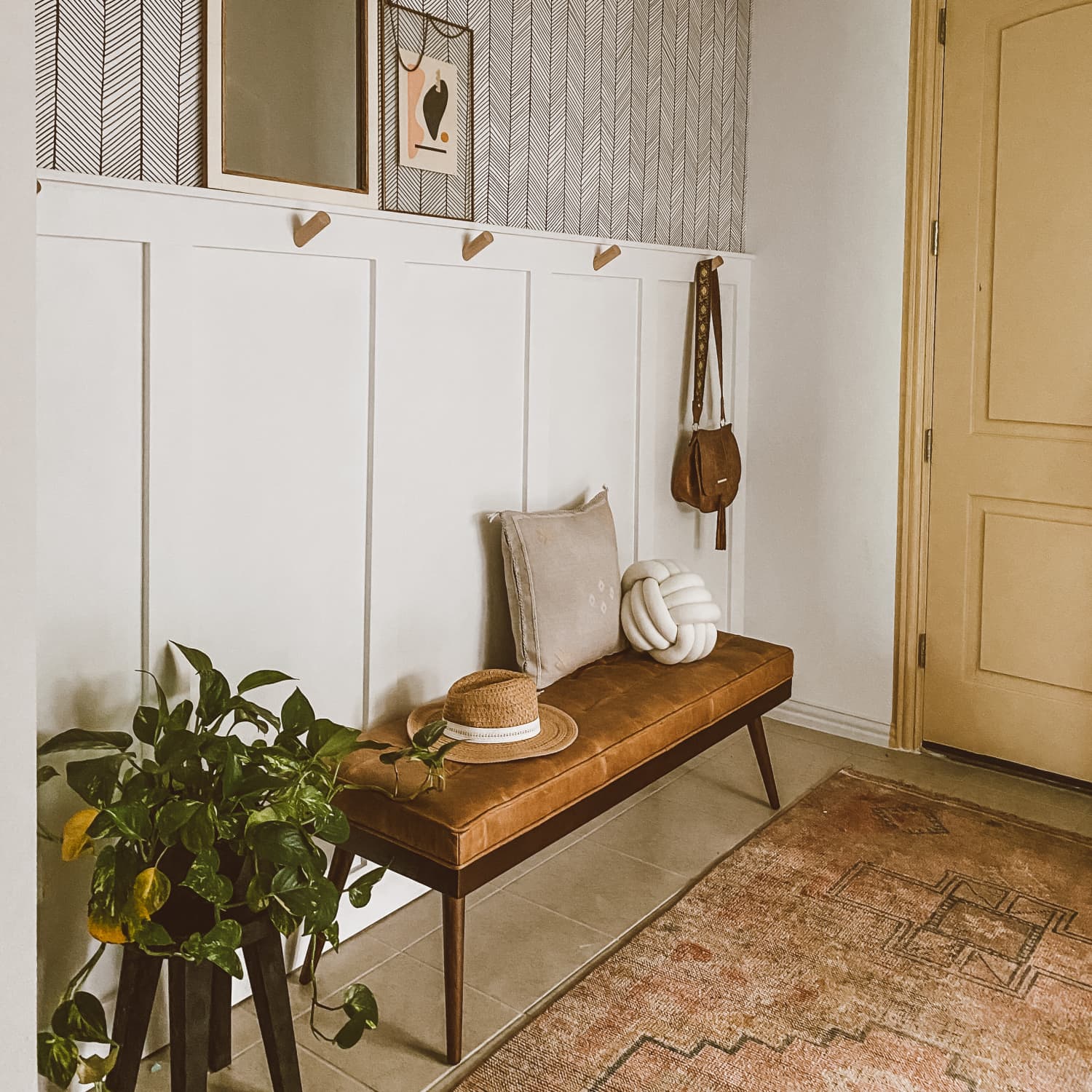
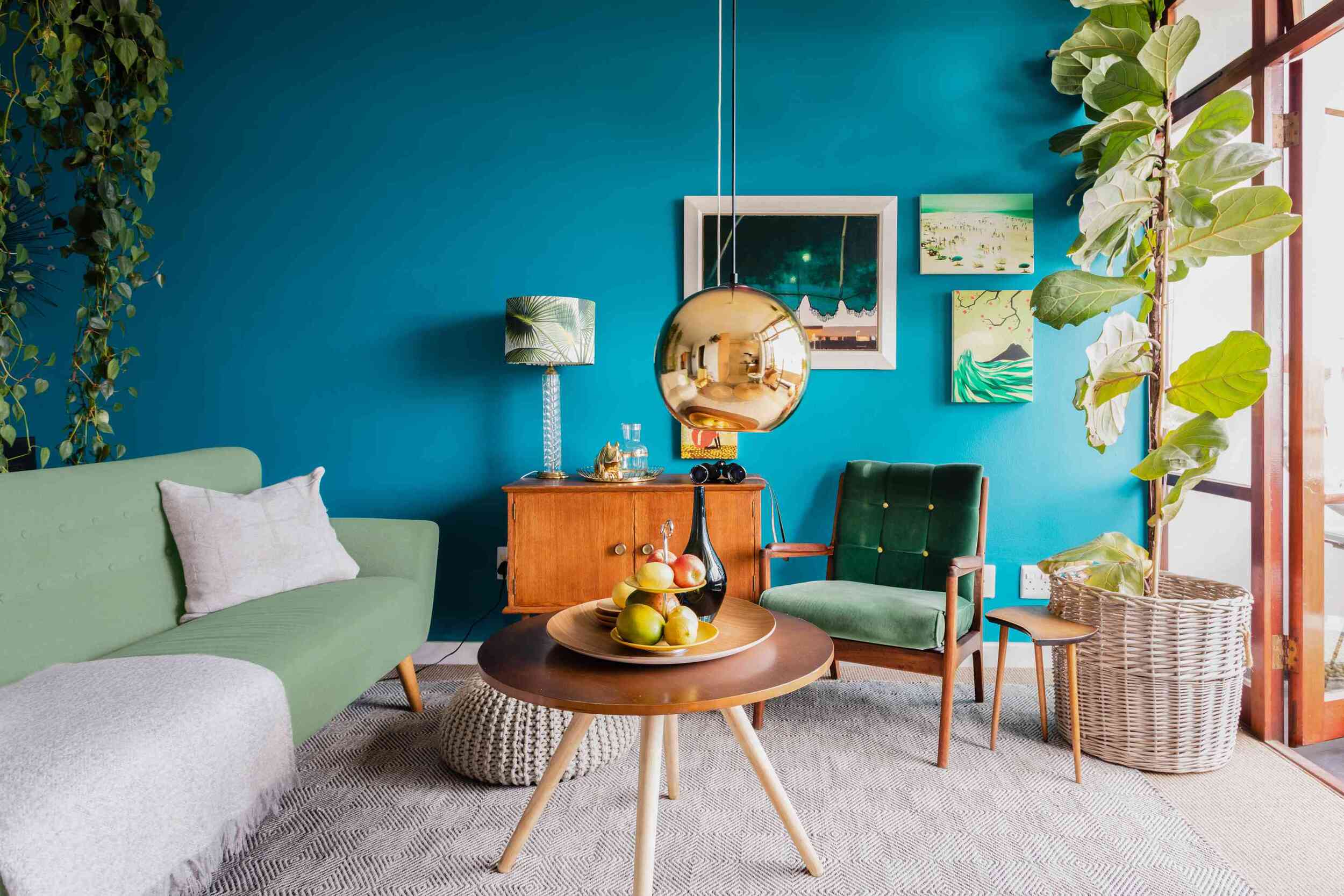
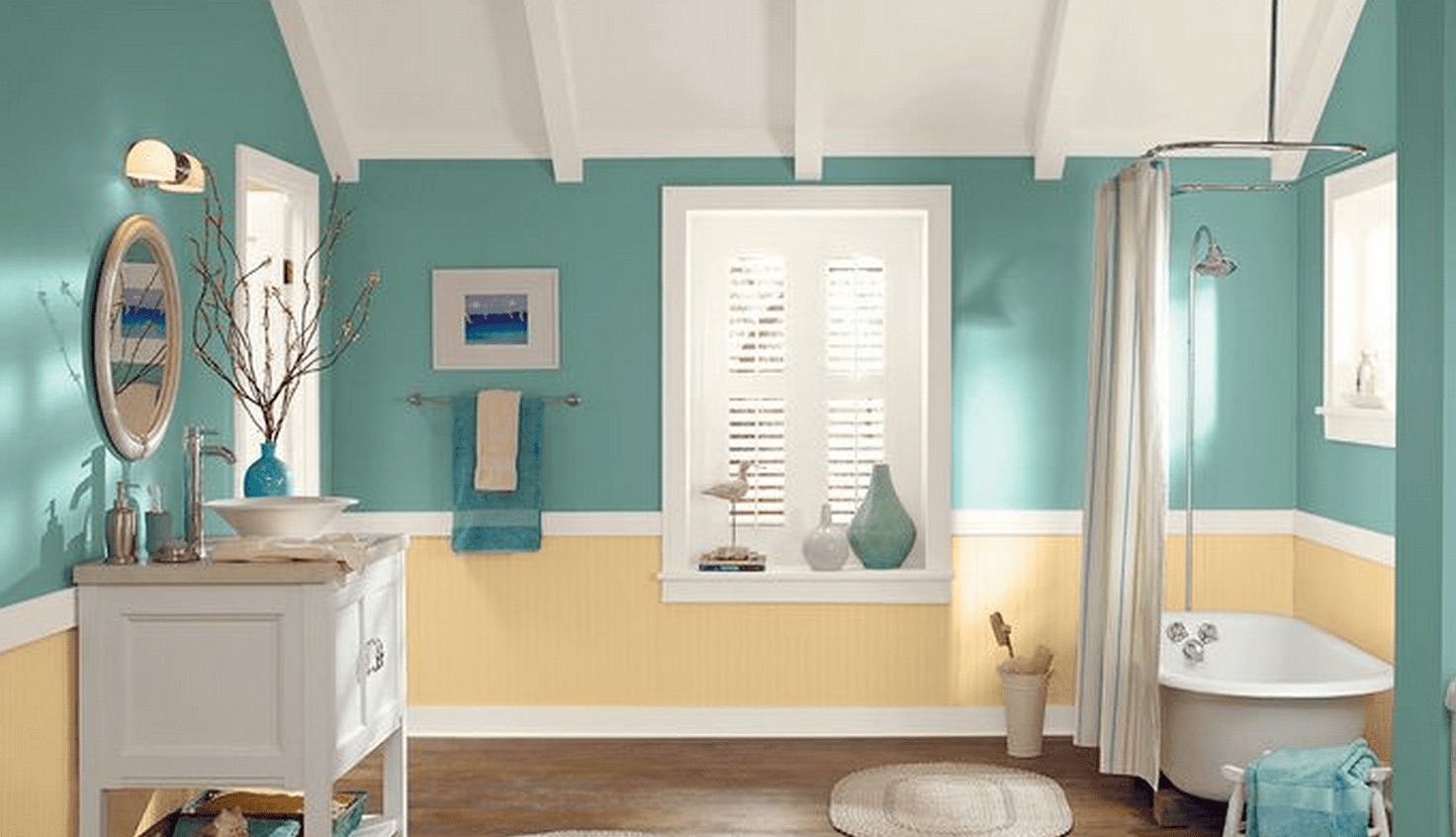
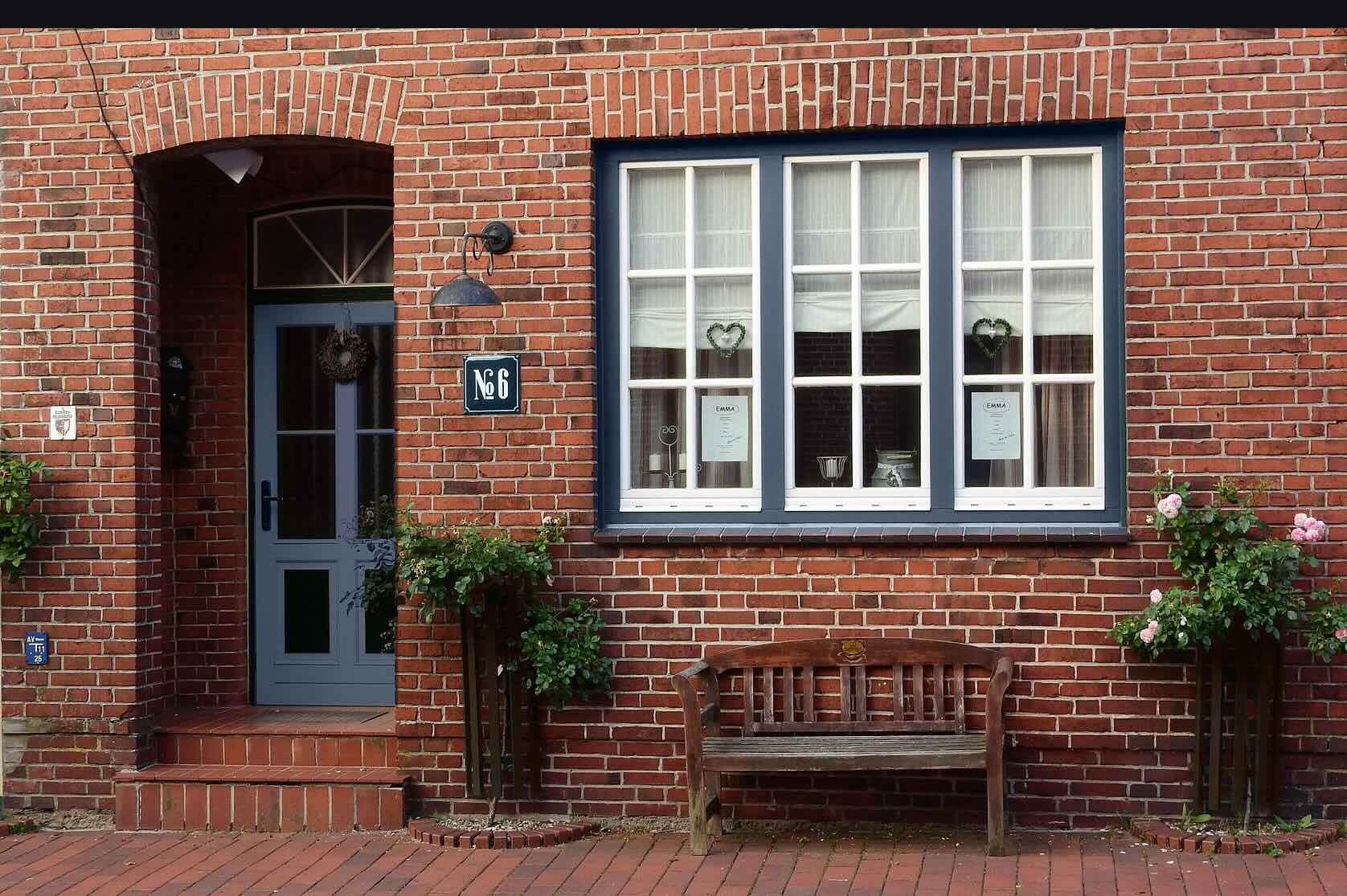
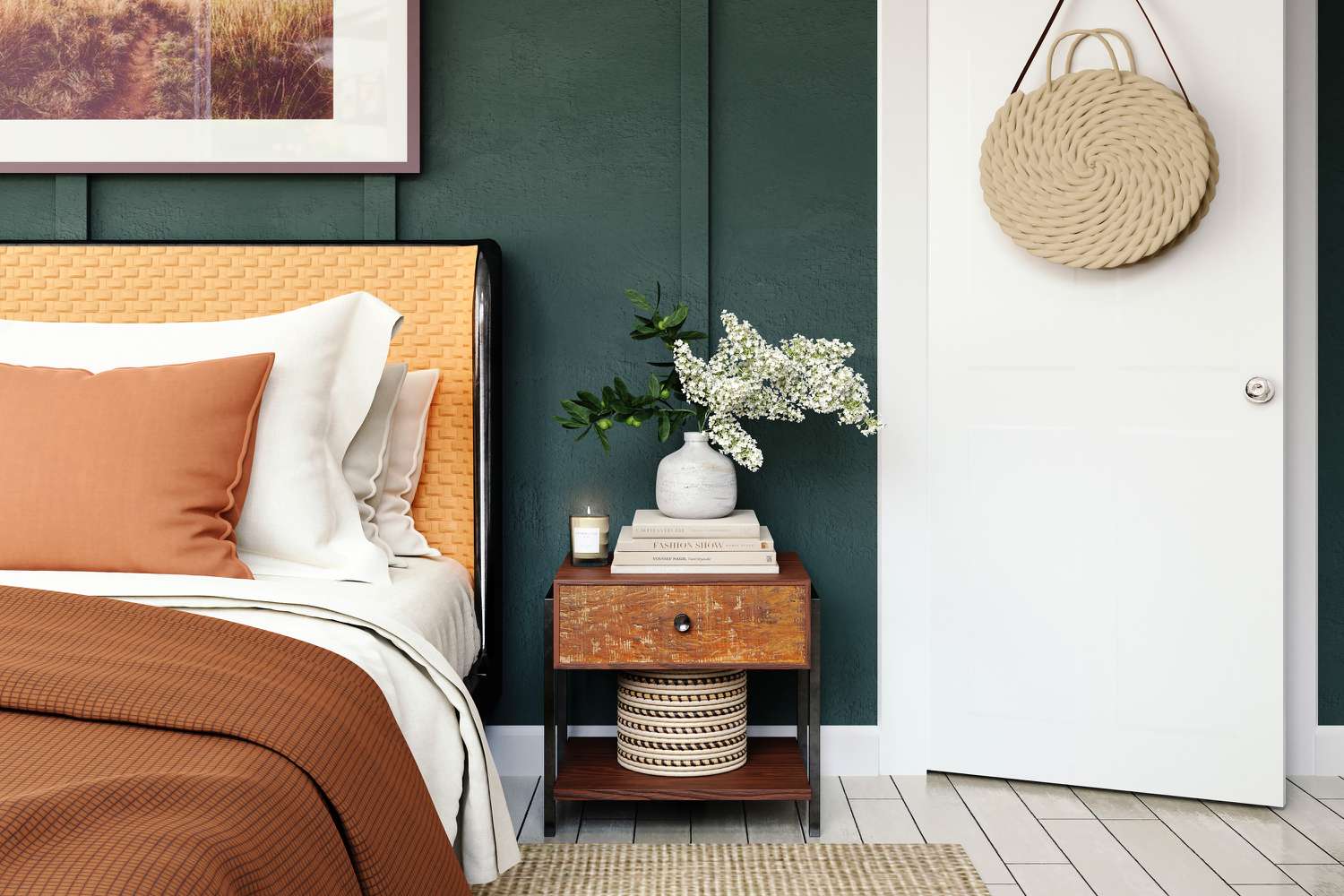
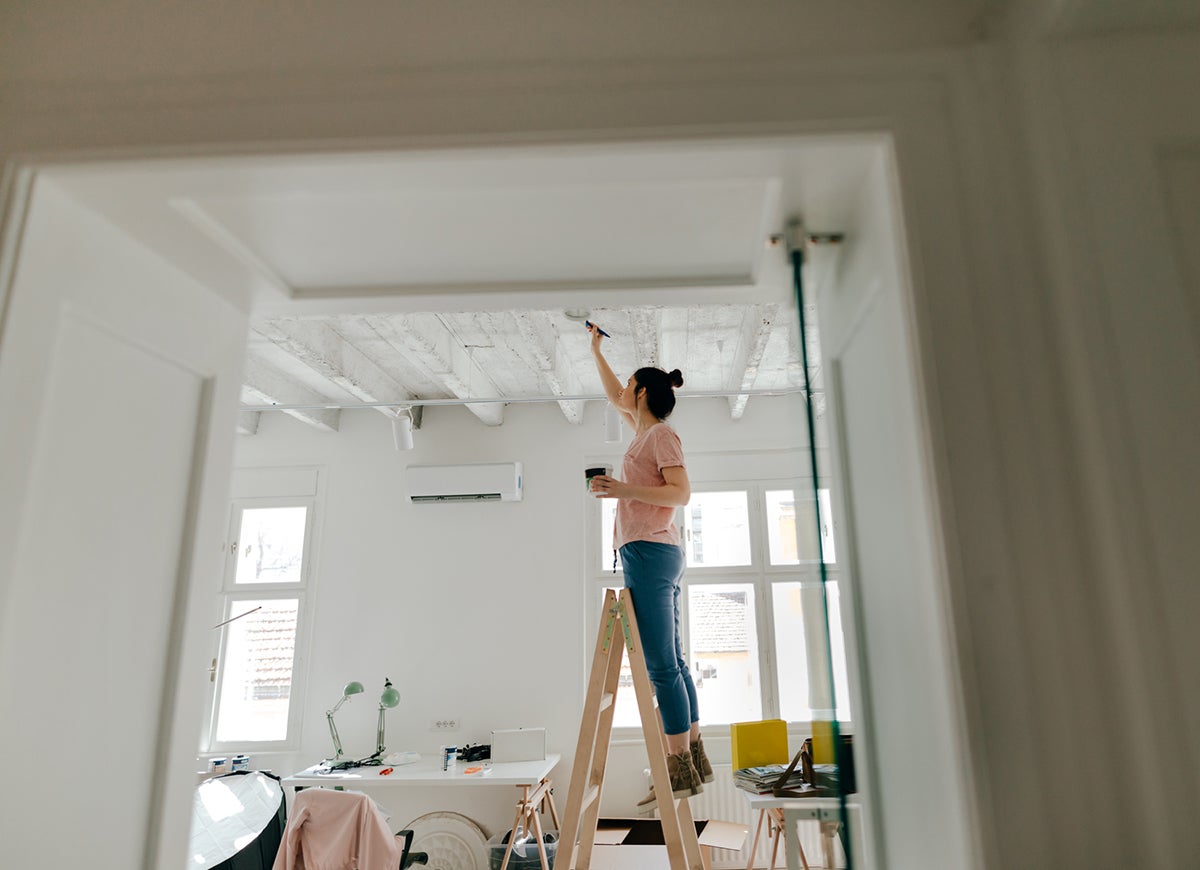
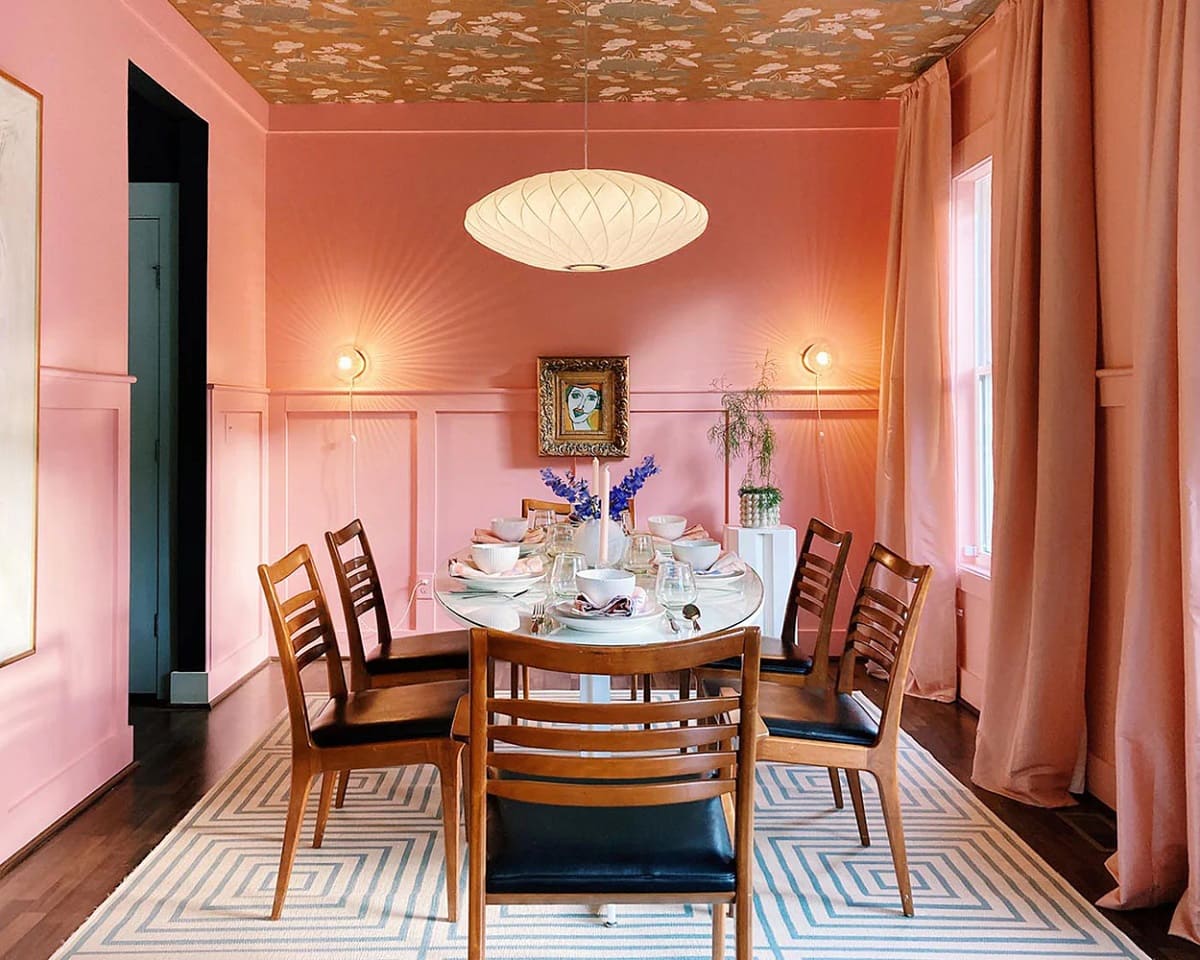
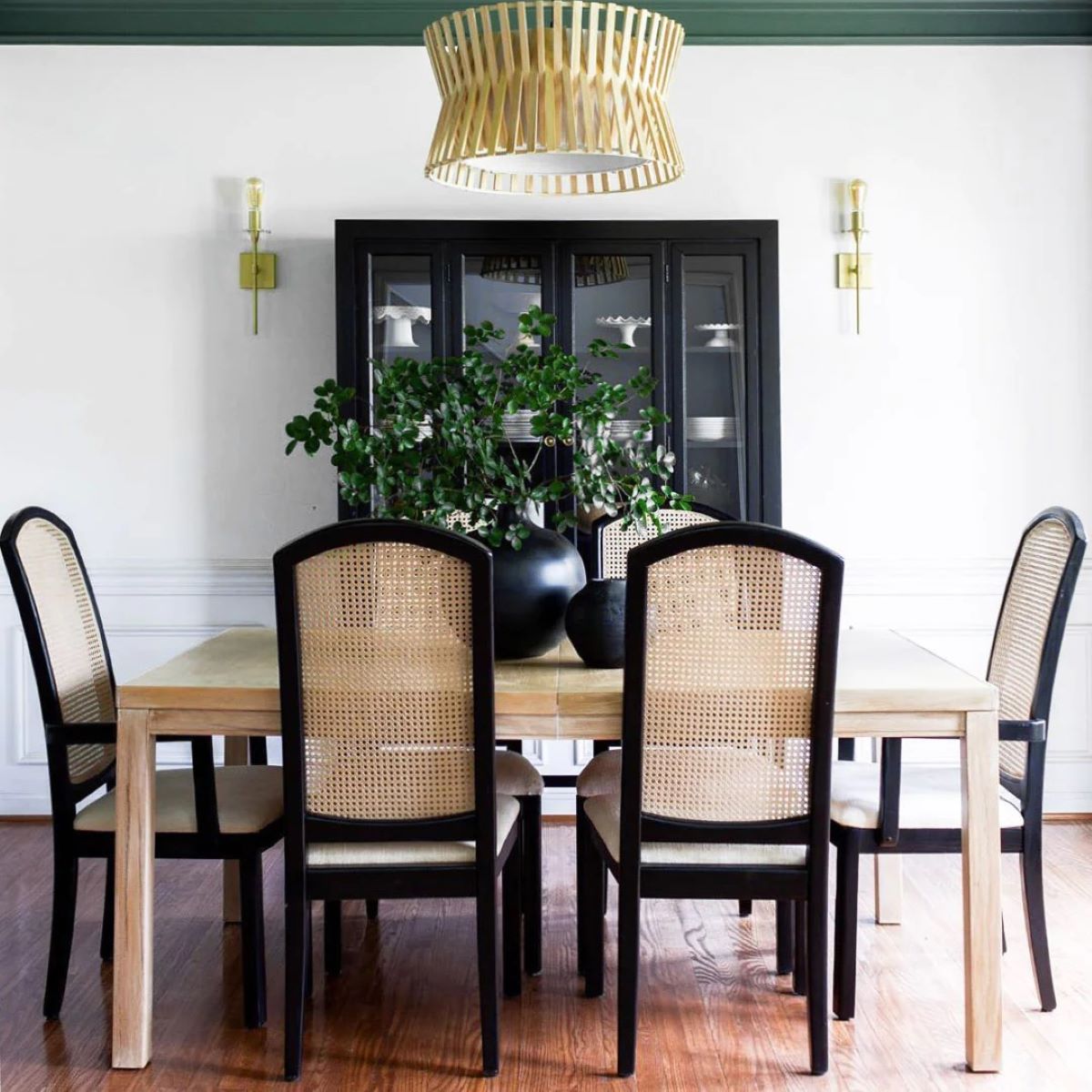
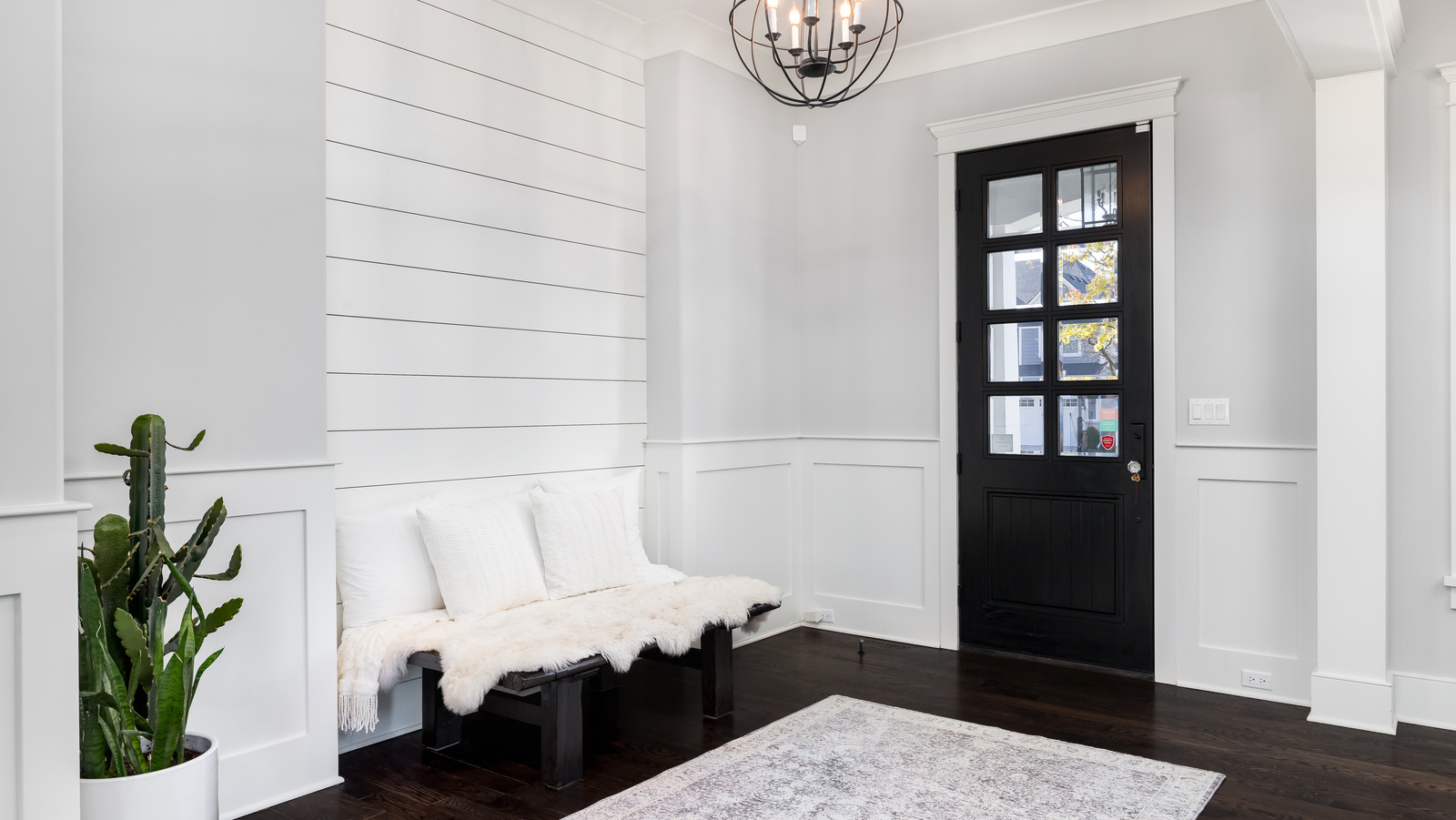
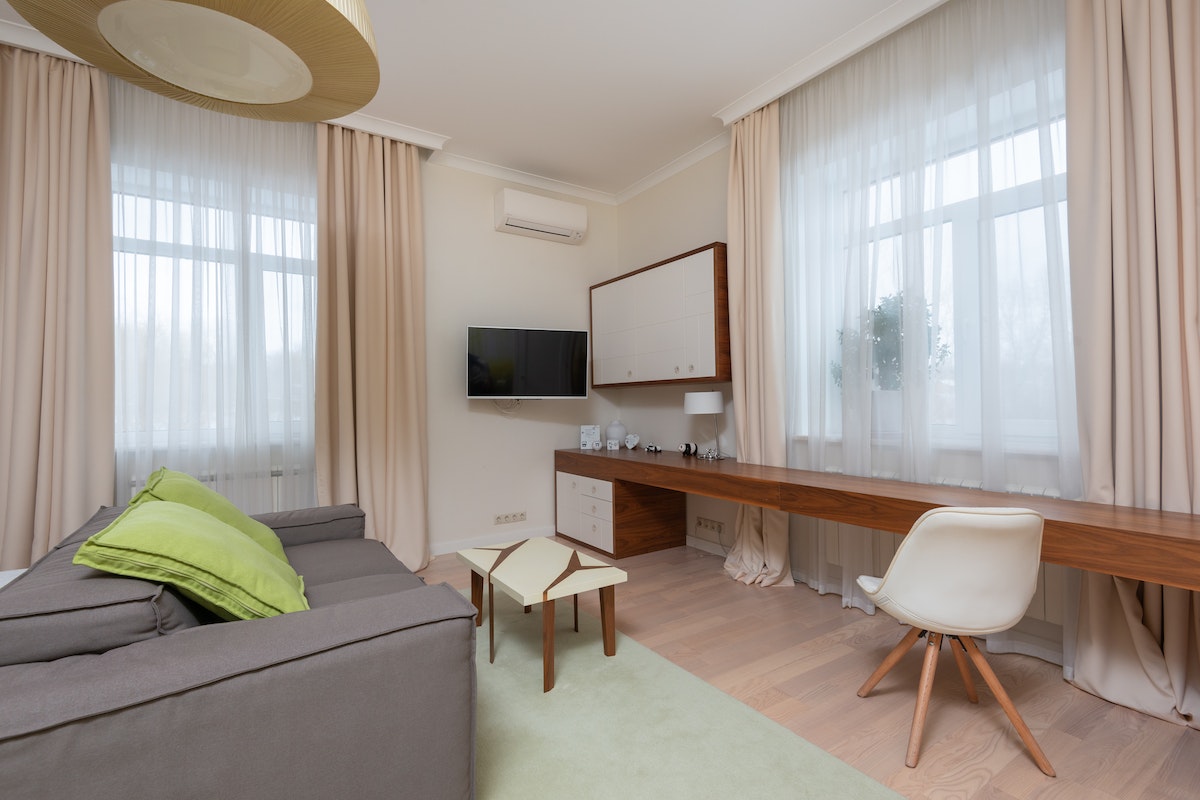
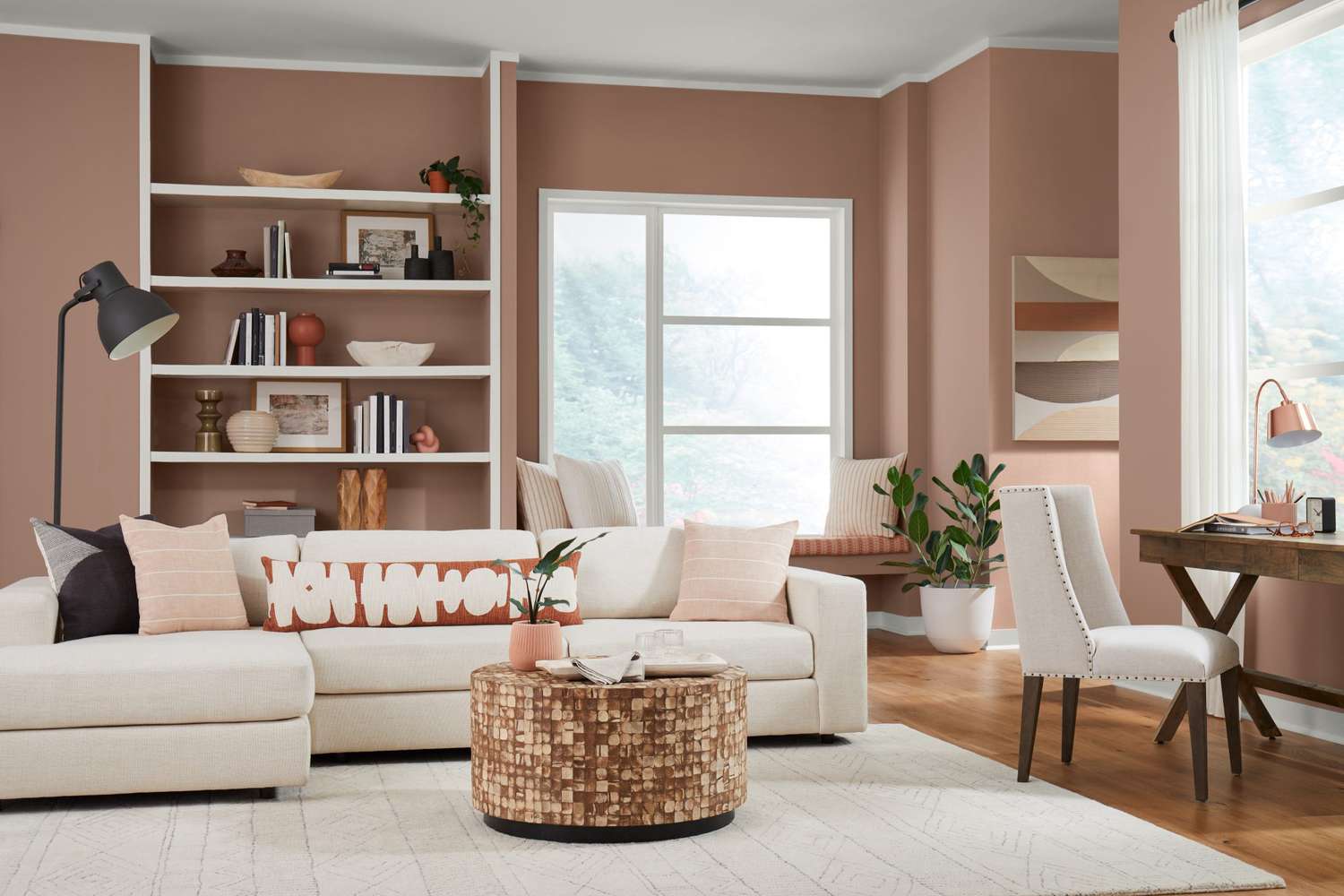
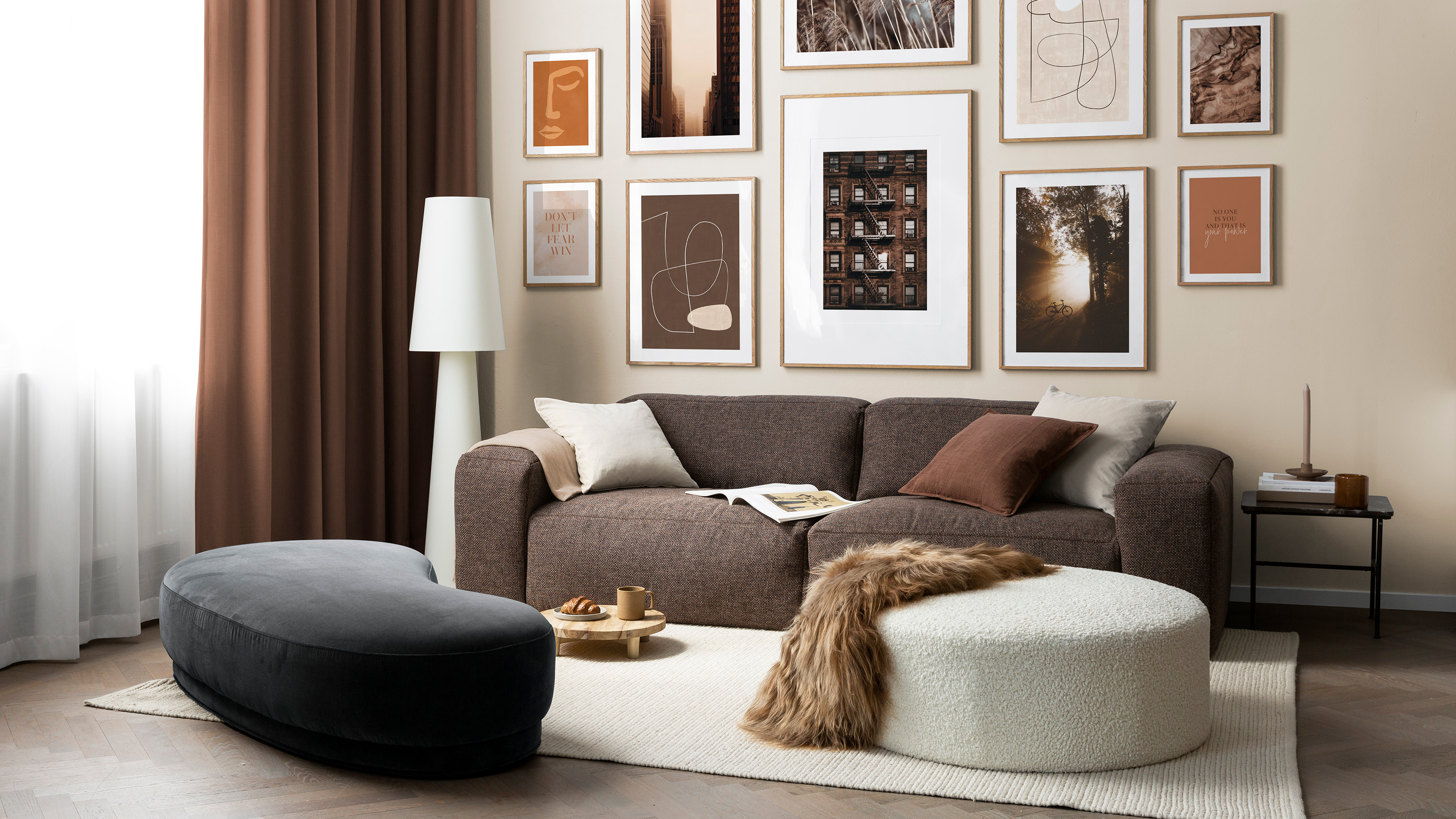
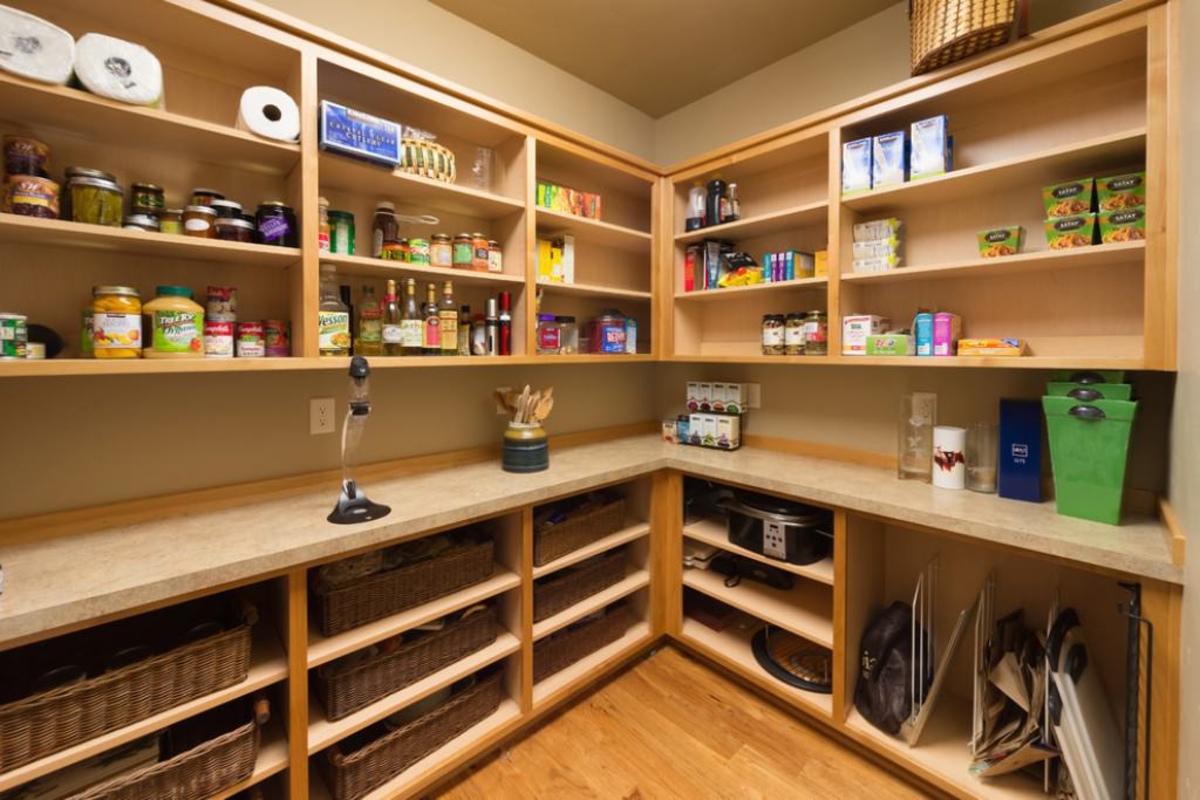
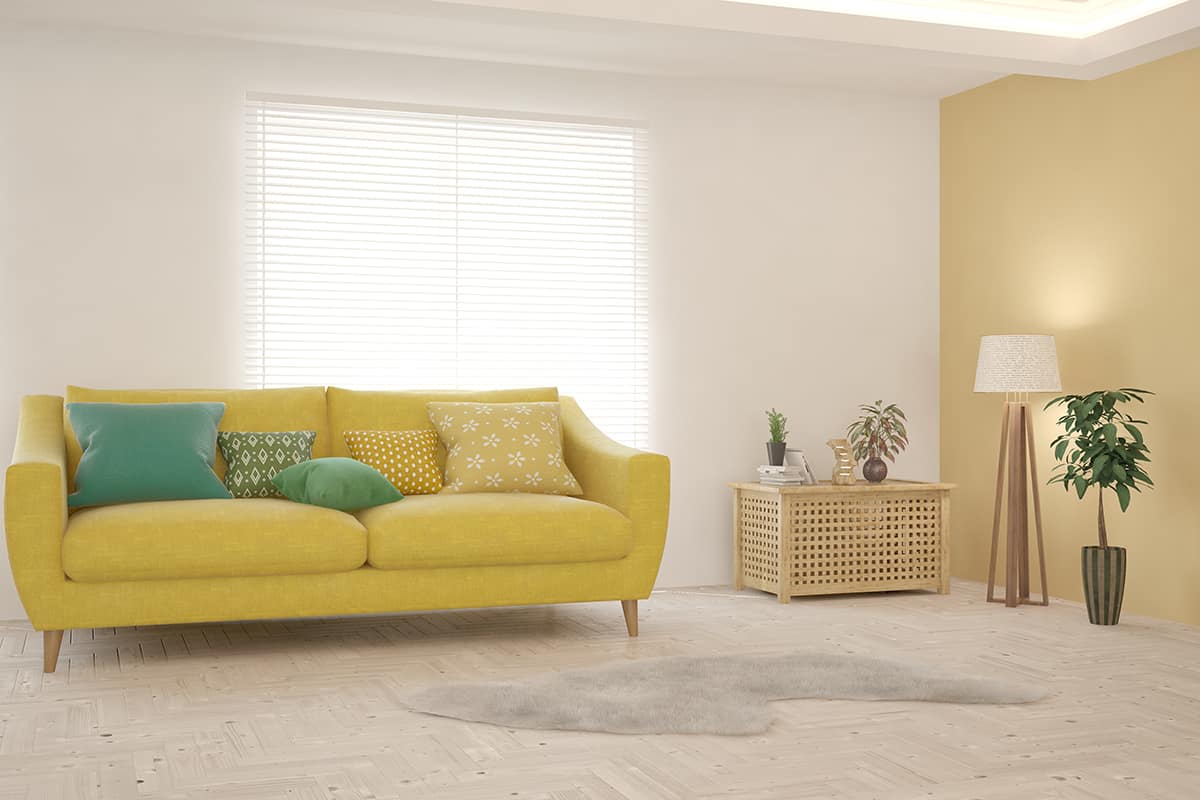

0 thoughts on “5 Colors Never To Paint A Mudroom: For A Good-looking Space”